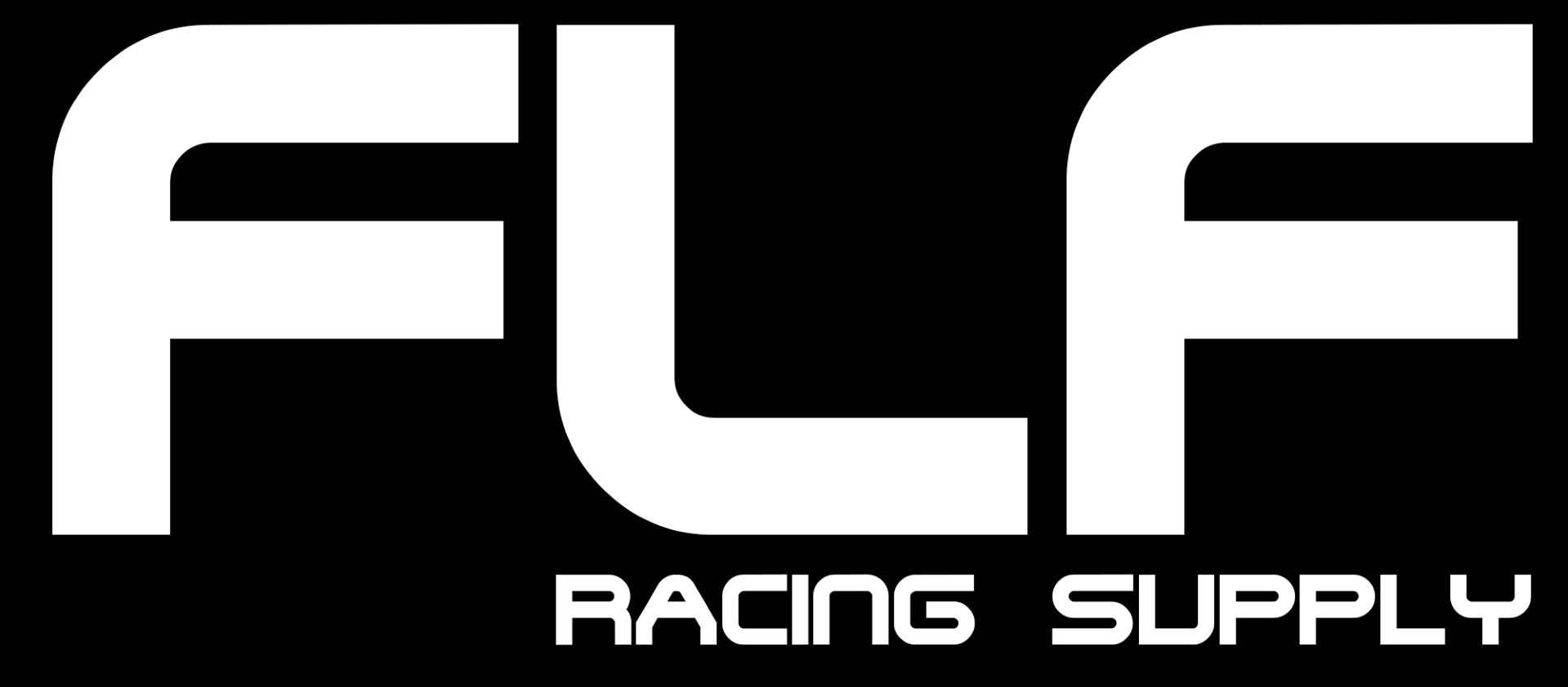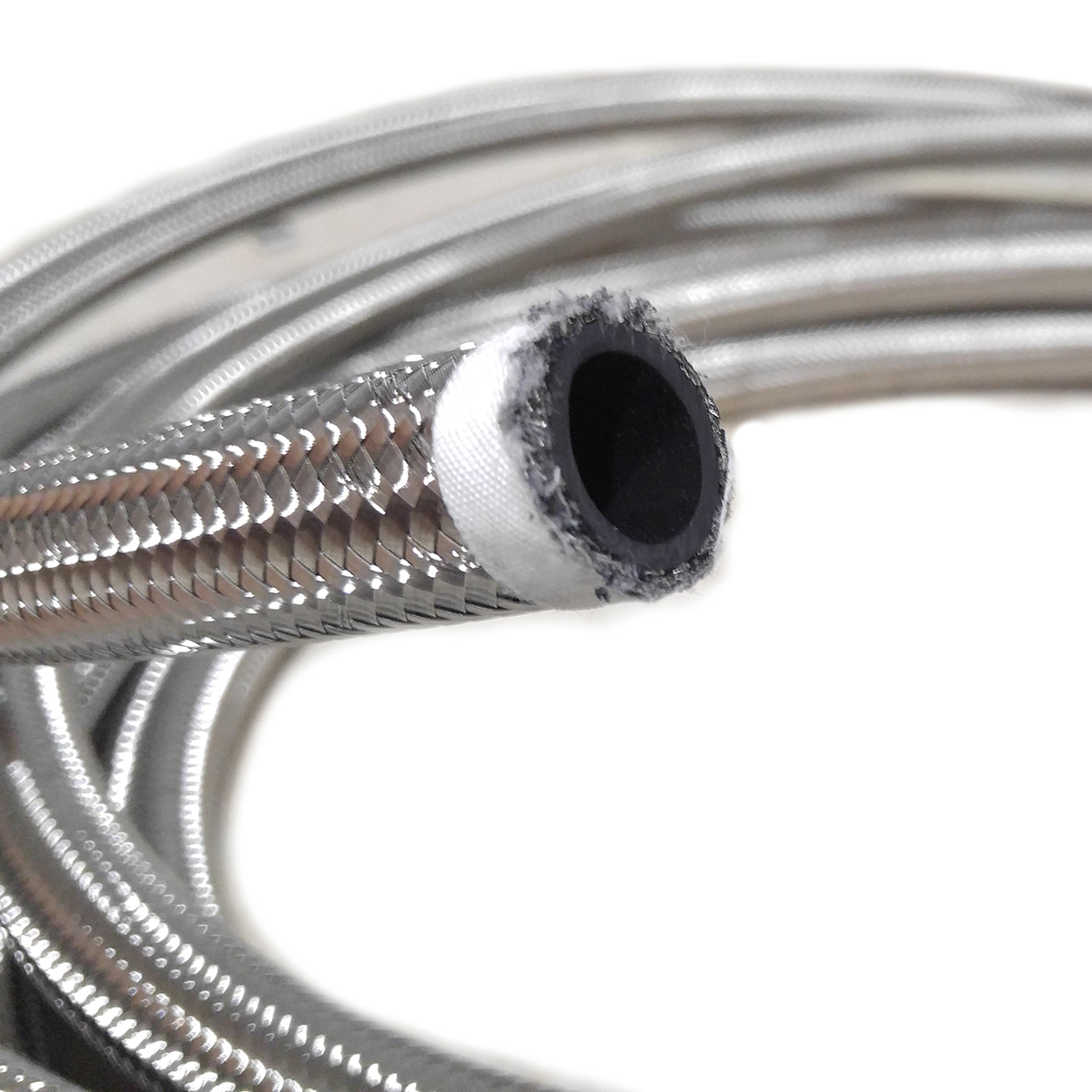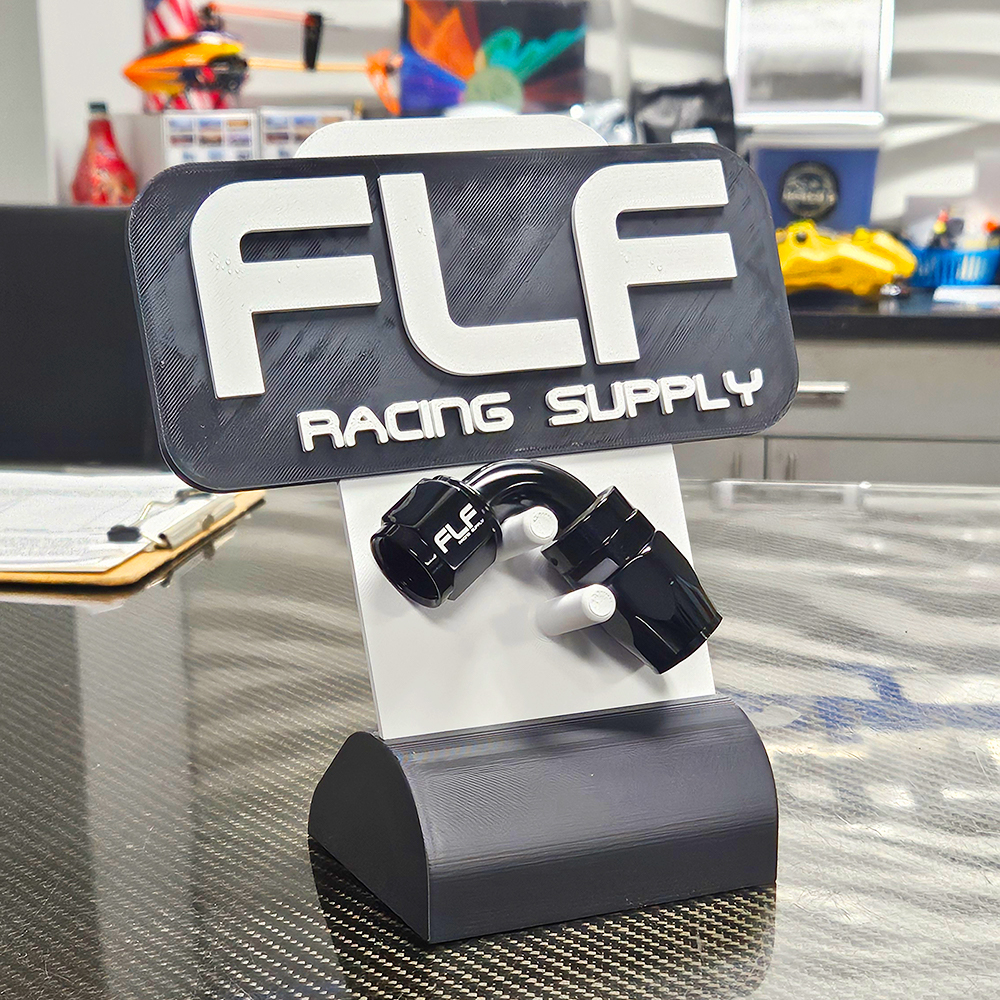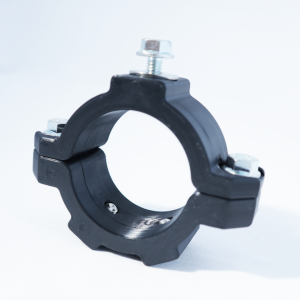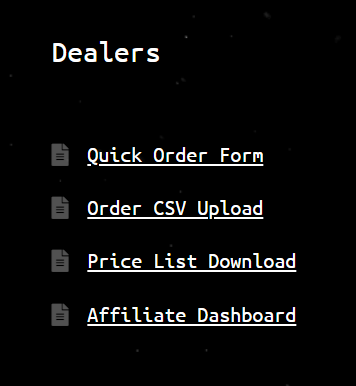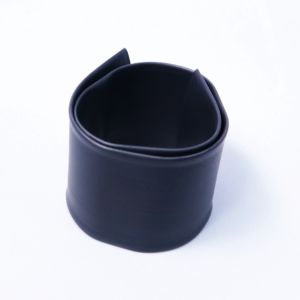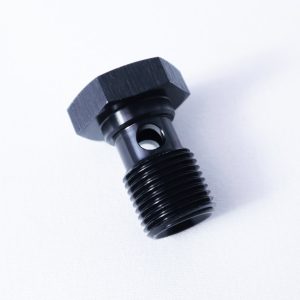Dry break quick disconnect and fittings are vital components in motorsport applications. They allow for quick and easy fuel and oil changes during pit stops, reducing the amount of time spent in the pit lane and increasing the team’s chances of winning. But what exactly are they, and how do they work?
Dry break quick disconnect and fittings are a type of coupling system that allows for fast and easy connection and disconnection of fuel and oil lines. They are designed to eliminate spills and drips when disconnecting lines, which can be dangerous in a high-performance motorsport environment. They are typically made of lightweight and durable materials such as aluminum or stainless steel, and come in a variety of sizes and configurations to suit different motorsport applications.
The dry break quick disconnect and fittings system consists of two parts: the male and female halves. The male half is typically attached to the fuel or oil line, while the female half is attached to the fuel or oil tank. The two halves are designed to connect and disconnect quickly and easily, with no need for tools or special equipment.
The dry break quick disconnect and fittings system is ideal for motorsport applications where fast and efficient pit stops are essential. For example, in endurance races, where every second counts, a quick fuel or oil change can mean the difference between winning and losing. The system is also popular in drag racing, where speed and performance are crucial.
One of the main advantages of dry break quick disconnect and fittings is their ability to prevent spills and drips. This is particularly important in a motorsport environment, where a small fuel or oil spill can be dangerous. The system is designed to be completely leak-proof, meaning that fuel and oil will not escape when disconnecting the lines.
Another advantage of the system is its ease of use. With no need for tools or special equipment, the system can be quickly and easily connected and disconnected by pit crew members. This means that pit stops can be carried out quickly and efficiently, reducing the amount of time spent in the pit lane.
In conclusion, dry break quick disconnect and fittings are an essential component in motorsport applications. They offer a fast and efficient way to change fuel and oil lines during pit stops, while also preventing spills and drips. They are easy to use and can be quickly and easily connected and disconnected by pit crew members, making them an essential tool for any motorsport team looking to gain a competitive edge.

